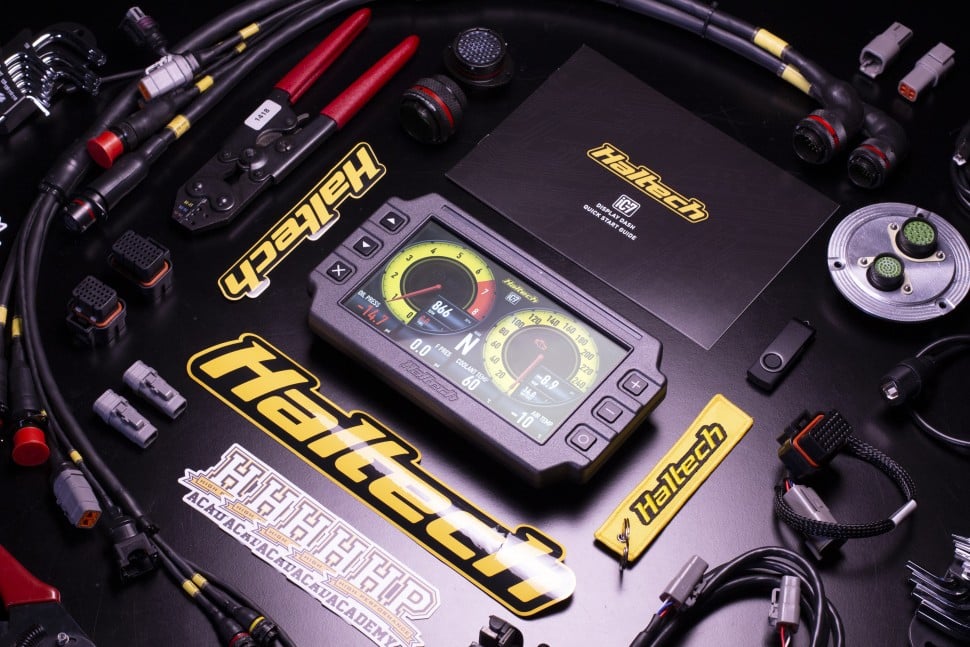It's no secret that tyre pressure plays a big role in your performance regardless of what sort of motorsport you're competing in. While it might seem like a fairly simple thing to work out, teams put a lot of work into record keeping and tight procedures in order to ensure the ‘hot’ tyre pressures — as in the air pressure seen once the tyre has come up to temperature — are where they want them to be on track.

Normally you'll have a hot pressure target you'll be aiming for on track, sometimes this will be the same pressure front and rear, but more often than not it will be one pressure for the front axle and one for the rear. The hot pressure that the tyres reach is dependent on a huge number of factors, including the cold pressure, humidity inside the tyre, the ambient and track temperature, the tyre construction and compound, the track layout and configuration, whether you're following a car or you're in clear air, and the way the car is being driven.

If you're trying to be accurate with your hot pressures (and you should be!) all these factors and more need to be considered and accounted for each time you head on track.

Working this out can be done in a few different ways, depending on your budget. Most simply, you’ll be relying on the stopwatch, data if you have it, and how the car feels on the track. If you want to get a little more serious then you can use a tyre pyrometer to check the tyre temp when you get back to the pits, and if budget is no problem then onboard infrared tyre pyrometers and TPMS (Tyre Pressure Monitoring Systems) are the ultimate.

Regardless of how serious you want to get about it, there are huge improvements to be made in performance through understanding, monitoring, and effectively tweaking your tyre pressures — not just once in the morning when the car rolls off the trailer, but before and after every session. Through stringent monitoring, careful logging, and well-informed adjusting, a better-behaved, more predictable drive and faster lap times are up for grabs.
All this and more is covered in the Motorsport Wheel Alignment course, enroll now.







